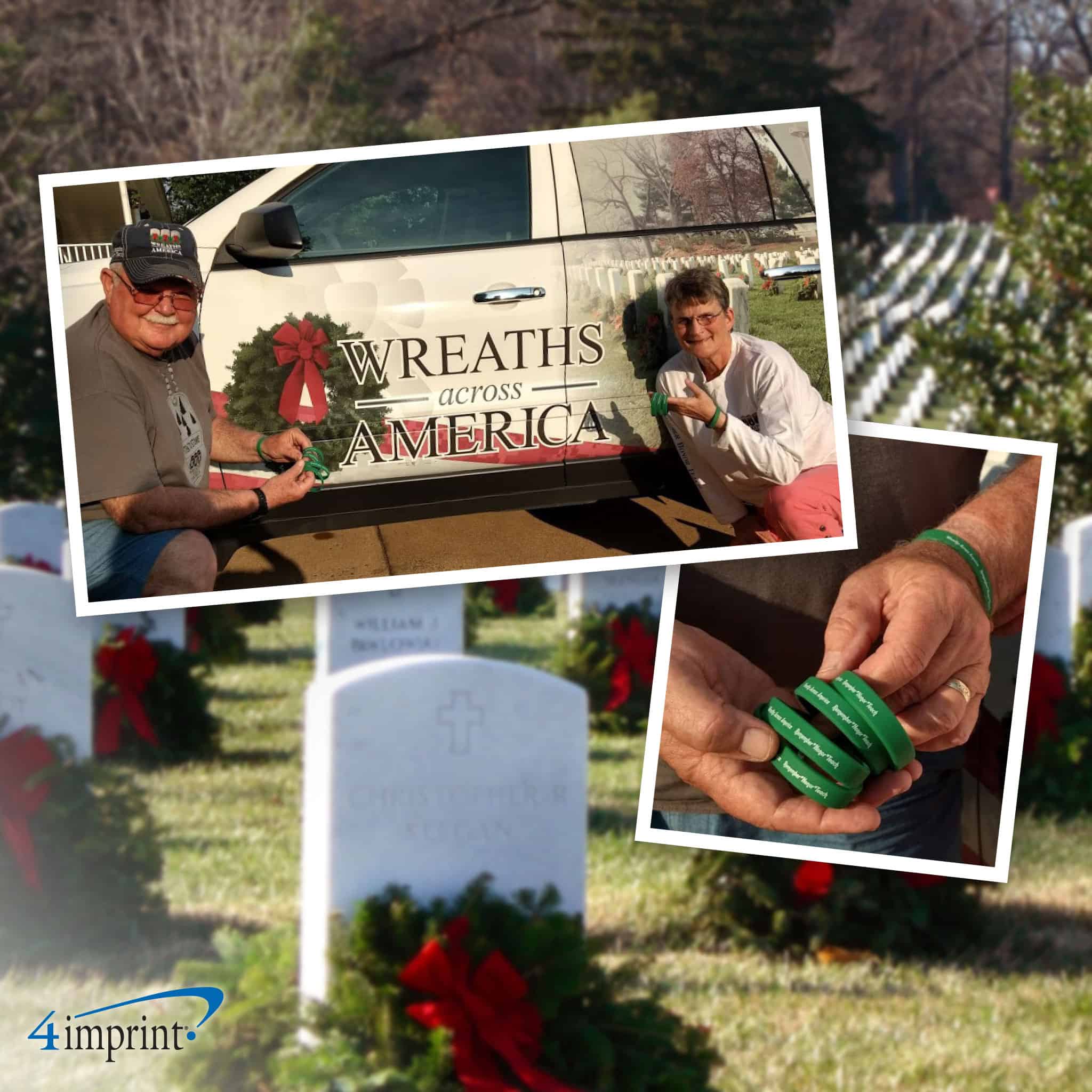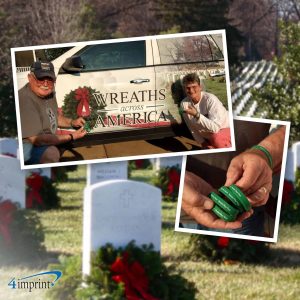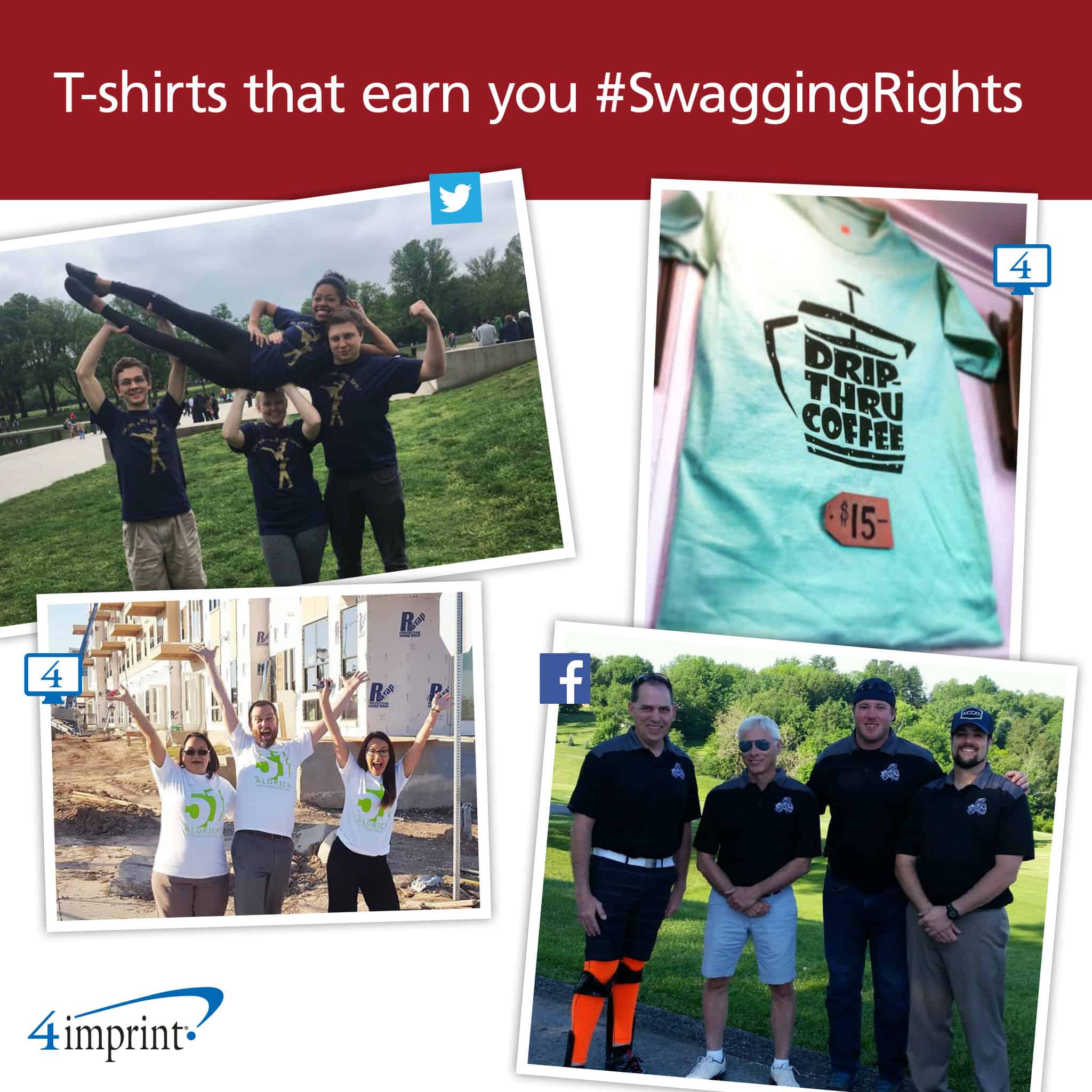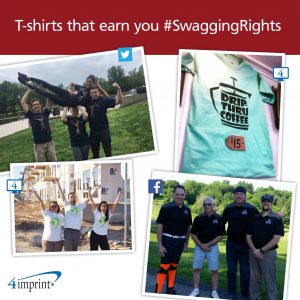
Five steps to successful brand storytelling
When officials at Family Care Services, Inc., in Chambersburg, Pennsylvania, want to tell their brand story to potential foster and adoptive families, they know how important it is to first capture their attention and then open the door to what are often deeply moving conversations:
- How lives are changed by foster care and adoption.
- How foster care and adoption give children and adults with special needs a second, or third, chance to make their way in a difficult world.
- How foster care and adoption can change families in innumerable and amazing ways.

As Family Care Services, Inc., has learned, this type of brand storytelling is one of the most powerful items in an organization’s marketing toolbox. Here’s how to apply their lessons and others to make brand storytelling work for you.

Their message went to the right people at the right time!
The staying power of stories
Great stories sear themselves on our brains. They touch us deeply, or make us laugh until our sides hurt. Think of a movie you love. Remember the YouTube® video that brought a tear to your eye? Consider the song that takes you back to a memorable place every time you hear it. All of these emotions are based on the power of stories we tell ourselves.
Now, just imagine if you could harness that power to build your brand. You can!
Research shows audiences want something more than features, something beyond benefits. They’re hungry for brands to connect with them on an emotional level.
“Why Our Brains Crave Storytelling in Marketing,” by Fast Company®, details the effects of storytelling on the brain. They include:
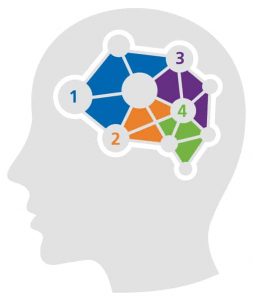 Neural Coupling—When a story activates the brain, a listener is able to transform the story into their own ideas and experience.
Neural Coupling—When a story activates the brain, a listener is able to transform the story into their own ideas and experience.- Mirroring—People who are listening to the story have brain activity that is similar to one another and to the speaker.
- Dopamine—When emotions are triggered, dopamine is released into the system via the brain, which makes it easier for someone to remember the triggering event or experience.
- Cortex Activity—Two parts of the brain engage when a person is processing facts, but a well-told story can engage even more parts of the brain than facts alone.
When done well, brand storytelling allows people to attach their emotional response to the brand that told the story. Check out this well-told brand story by Water is Life for a powerful example.
Ready to put the power of brand storytelling to work for you? Here are five steps to successful brand storytelling.

For Family Care Services, telling their brand story starts with something as simple as a ball. Why a ball? Leaders knew they needed something more than the standard sales piece, something that would unlock that door to their most powerful tool: stories of successful foster care and adoptions. After all, adoption and foster care are decisions of the heart.
“We didn’t think mailings would work. We wanted to talk to people. We wanted to be able to present everything face to face,” says Andrea Adams, Family Care Services, Inc.
“So we started brainstorming … how in the world do we meet people that are going to want to do this?”
Custom 12″ Beach Balls turned out to be the perfect summer promotional items for the event they sponsored.
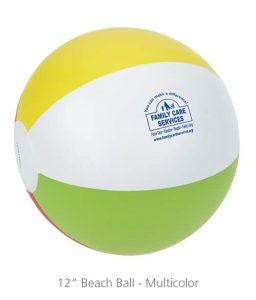 Fun products like a beach ball get your name noticed!
Fun products like a beach ball get your name noticed!

Finding your target audience and meeting them where they are is paramount. That will also tell you the ideal medium for sharing your brand story. Family Care Services determined that community sponsorships would help them reach the right people—families who already had children and might be open to expanding their family. So, they sponsored community summer movie nights. This is where the logo’d beach balls made a powerful entrance. As the brightly colored promotional items began to appear in the crowd, kids began begging their parents to take them to the Family Care Services table to get one. The event crowd loved them.
Did you hear that? That’s the sound of the door to conversation unlocking. It’s equivalent to the opening credits rolling for your brand story.

Brand storytelling should have all of the components of a well-told story. First, you’ll want to identify a main character. This could be a customer you serve or a client who benefits from the work of your organization. If you are an adoption or foster care agency, perhaps your brand story features a child in need of a home. Align your brand with a user’s point of view. Tell your story using the voice of someone who has an impactful story to tell.

Now it’s time for the plot. Think in terms of problem and solution. Can you tell the story of how you’ve made their lives better? If you lead a foster care or adoption agency, maybe your main character encounters challenges in finding the right family.
To create a plot that’s compelling, remember that your audiences want to forge an emotional connection with you and the other brands they support. Successful brand storytelling will both touch and inspire them.

Maybe this is the happy ending that your audiences crave or the achievement of a goal by the main character. If you lead a foster care and adoption agency, perhaps the child finds a forever home with a loving family.
Connect your story to your brand through the plot’s catharsis. Remember, your audiences will attach their emotional response to your brand—so make it count.
Putting brand storytelling in marketing to work for you
As human beings, we are programmed to connect with stories. Organizations like Family Care Services, Inc., have compelling stories to tell—stories with heart, lovable characters we can relate to, a plot that pulls at the heartstrings and the catharsis we crave. Through creative use of promotional products, this organization found a doorway through which they can tell their story. And while it may seem easy for an organization that finds loving homes for children to find stories to tell, your organization has stories, too. Tell your favorite:
-
Stories about how you make a difference in the lives of your customers, clients and connections.
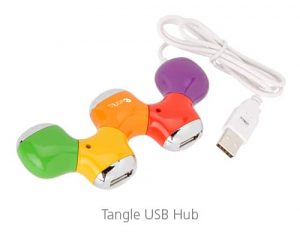
Keep your customers connected to their lives with the Tangle USB Hub!
-
Stories about how your products and services support their happiness, health and well-being.

Shed light on your message through wellness with this Reflective Arm Strap.
-
Stories about how your organization is having an impact on the world.
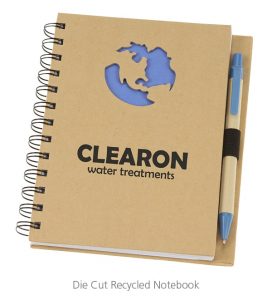
Tell your story while doing good for the environment with this Die Cut Recycled Notebook.
You have a story to tell. You just need to find it.
By opening the door to conversation, and shifting your perspective to see the stories happening in everyday life, you’re sure to find compelling stories to engage audiences and achieve your goals. Best of all, when you embrace brand storytelling in marketing, science shows you create a lasting impact on your target audiences, one that will have them looking to your brand to help them write their own story.






